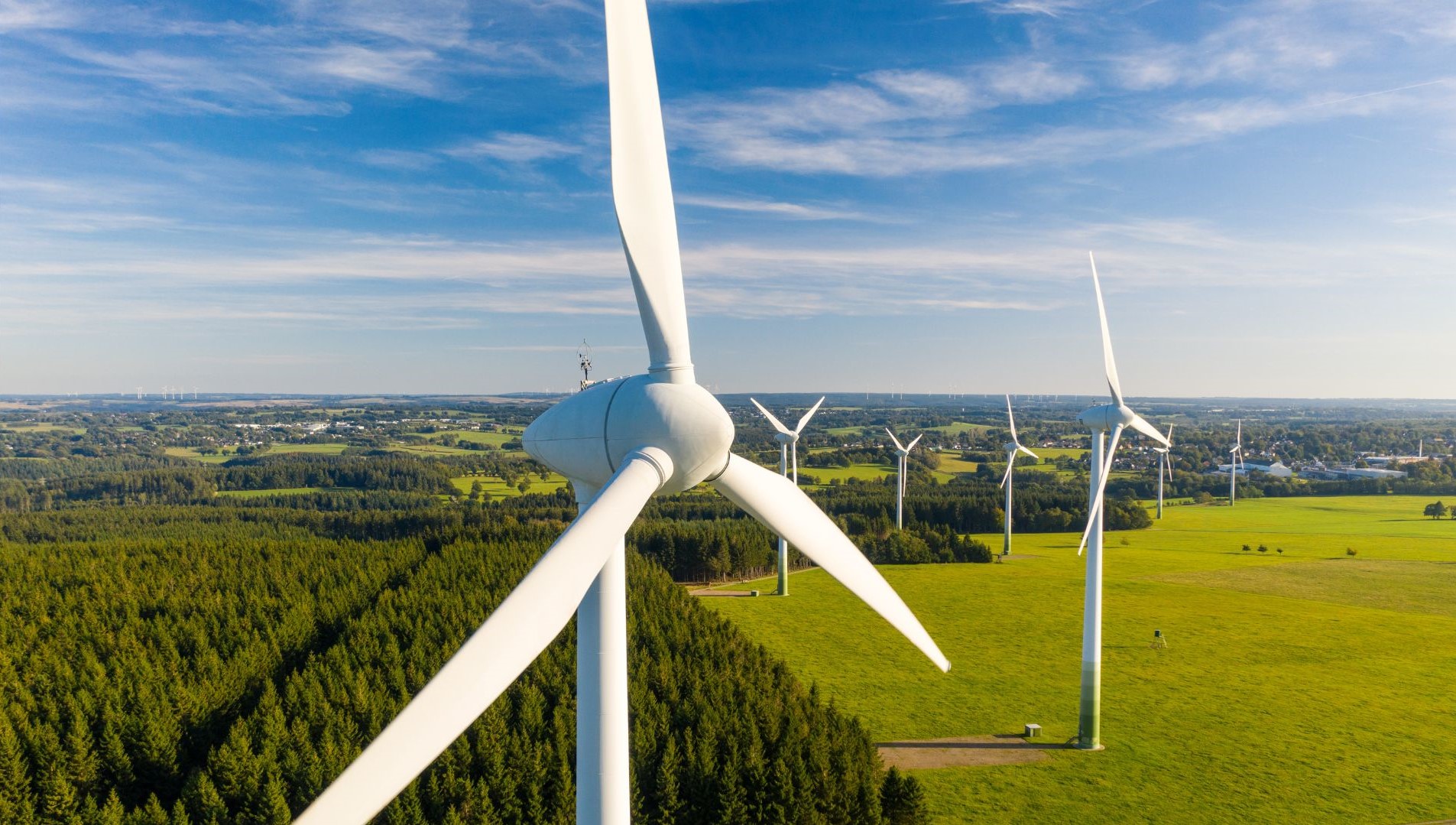Europe is currently a world leader in wind power technology, as its territory is home to more than 70% of all the wind energy installed on the planet. It covers almost 14% of the EU’s electricity demand, making it its second-largest power generation capacity. However, the impact of the exponential growth that wind energy has experienced since the 1990s now poses an environmental problem: many of these farms have already reached the end of their useful life and the wind turbines end up in landfill or incinerated.
In the coming years, tens of thousands of wind turbines will be dismantled. This is a challenge for the industry, which faces the removal of more than 60,000 tons of waste. The EoLO-HUBs project, co-funded by the EU with almost 10 million euros, demonstrates an innovative sustainable solution to recover high-value composite materials from wind turbine blades by developing a set of advanced recycling technologies. The 18 partners of the EoLO-HUBs have met at the facilities of Aitiip Technology Center, the project coordinator, to kick off this project that will be carried out over 48 months.
Wind turbines are made of a combination of different materials, such as wood, metals, adhesives, coatings, and fibre-reinforced polymer. The recycling of polymeric end of life (EoL) composite is very challenging, due to the heterogeneity of the fibre-reinforced polymer materials and the strong adhesion between the fibre reinforcement and the polymer matrix with the usual thermoset resins. Therefore, recycling FRP normally comes with the undesirable side effect of “downgrading”, ending as a raw material for low-quality applications. As a result, most of this EoL composite is currently landfilled or incinerated.
Wind turbines are mainly made of thermosetting composite materials, as their structures combine different materials: wood, metals, adhesives, coatings and fiber-reinforced polymers. The recycling of these polymeric composite materials, once they reach the end of their useful life, is a complex process, on the one hand, due to the heterogeneity of these composites, and, on the other hand, due to the strong adhesion between the fiber reinforcement and the polymeric matrix, with the usual thermosetting resins. As a result, most of these composites end up in landfills or incineration.
EoLO-Hubs’ responds to these industrial needs, focusing on three areas of development:
- novel process to optimize the dismantling of wind turbine blades, including advanced software and tools that will facilitate the identification and separation of the different components of the blade when it comes to be treated.
- Development of two sustainable technologies: low carbon pyrolysis and green chemistry solvolysis, for the recovery of glass and carbon fibers.
- Cutting-edge treatment processes: Improvement of the properties of recovered fibers to enable them to be used as new raw materials in a second life cycle in the automotive, construction and wind energy sectors.
A digital platform will also be developed that will link the hubs within the EoLo project to make knowledge exchange effective. Two hubs that integrate the integral process of decommissioning, recycling and recovery of wind farms in two complete value chains, and a third that will connect the progress of EoLO-HUBs with society and industry. This platform will also serve as a space to formalize, from the circular economy, business agreements that will help replicate the EoLo model beyond the pilot framework.










